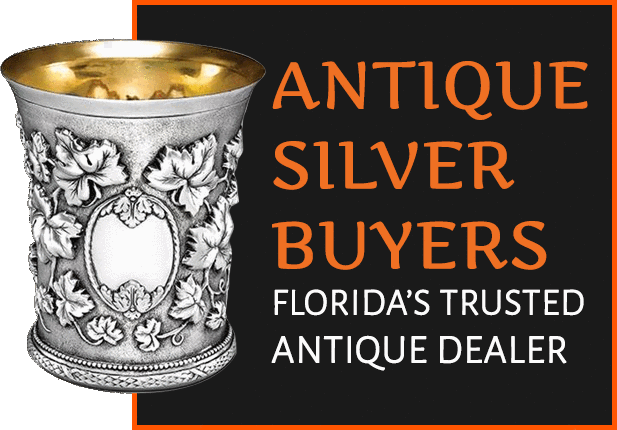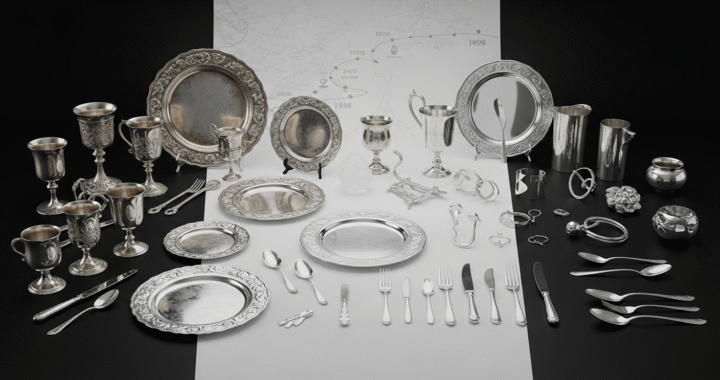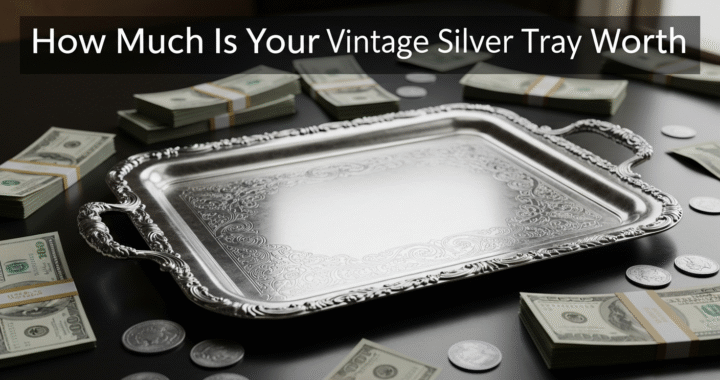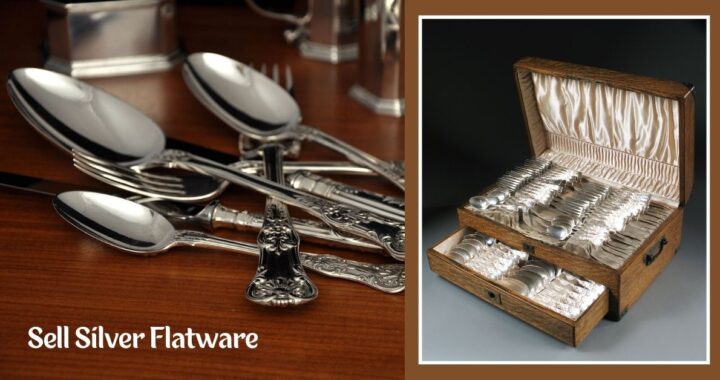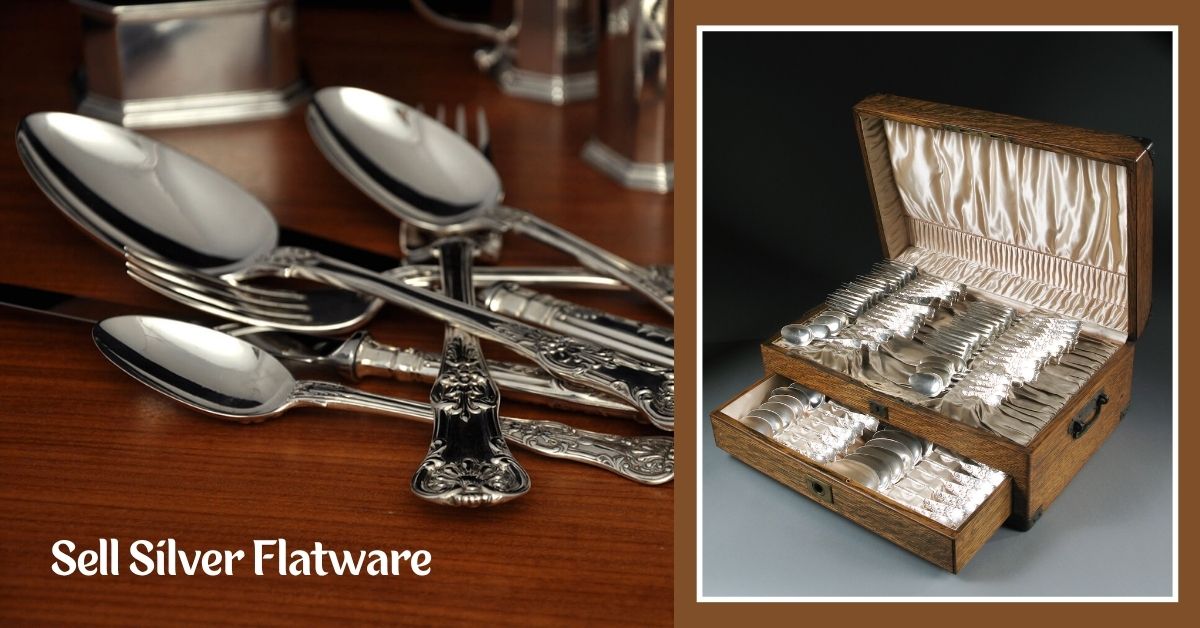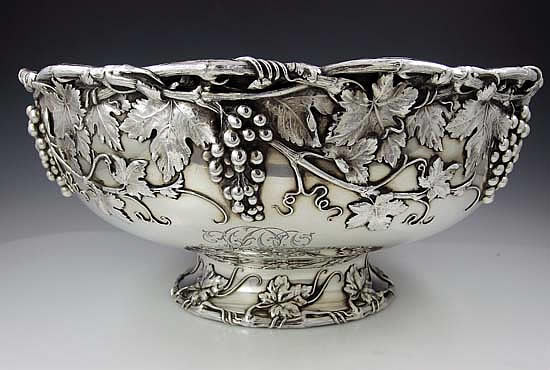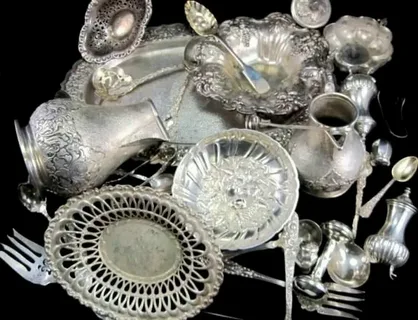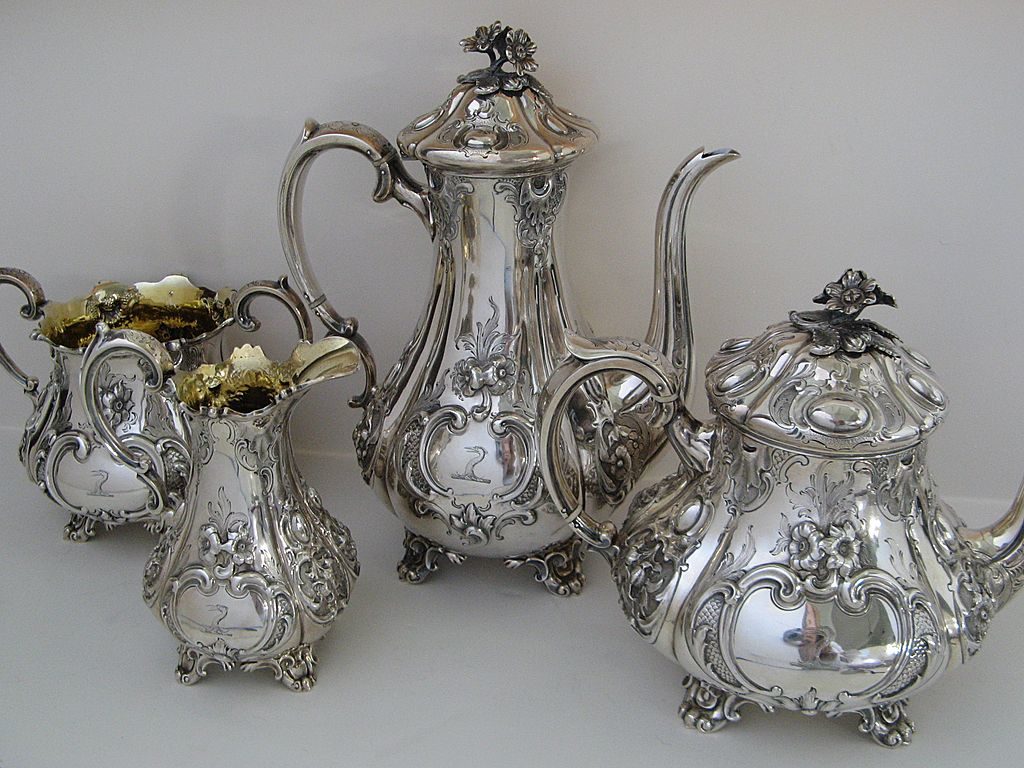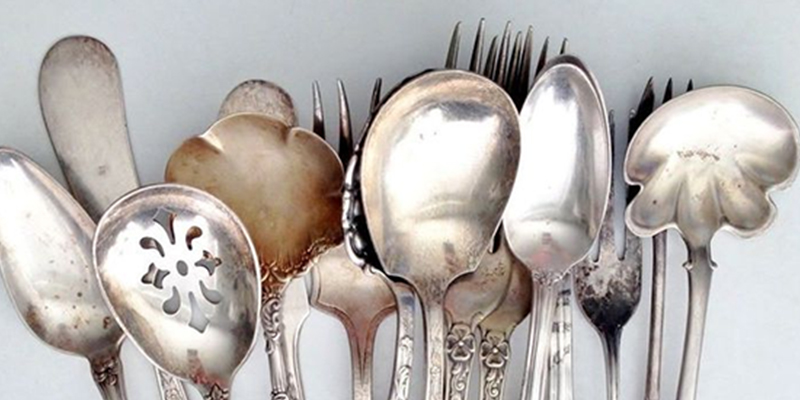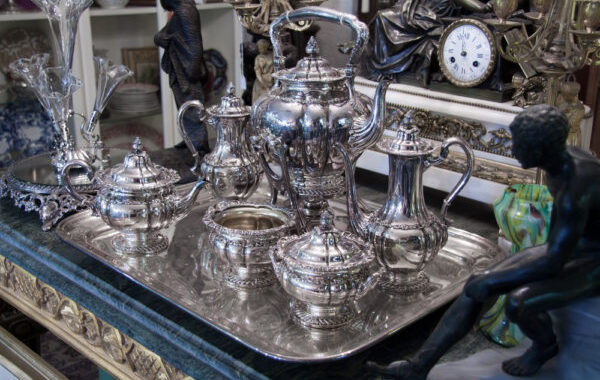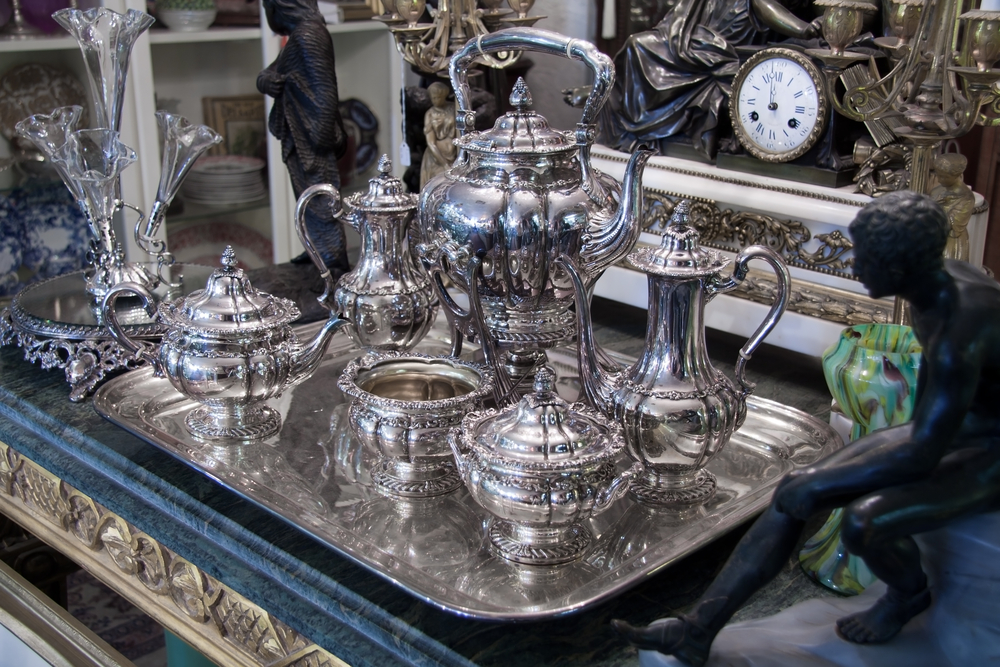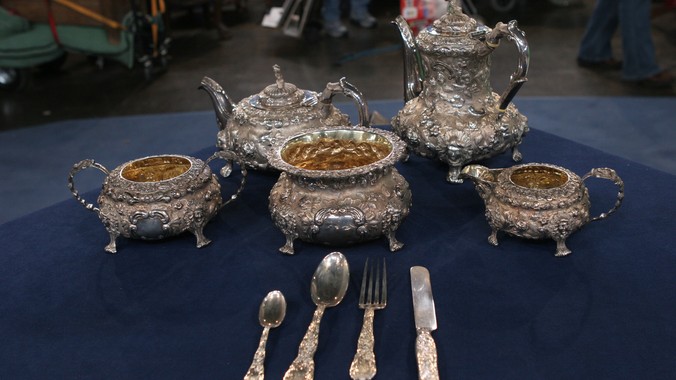People know about silver, but a lot of beginners don’t really know what it is or why it comes in different shapes. People always care about silver, from old coins to new jewelry. Learning the basics of buying and collecting antiques or investing in silver helps you make better decisions.This guide gives an overview of silver’s history, its current importance, and its main types.

The Past, Different Types, and Uses of Silver
Silver is a valuable metal that can be found in nature. People know it for its shiny, bright white color and surface that reflects light. The Latin word “argentum” gives it the chemical symbol Ag. Silver is soft, can be bent, and is one of the best materials for conducting electricity. This makes it useful for more than just looks.Earth’s crust has silver in it, sometimes by itself and other times with other things. Once it is removed and cleaned, it can be turned into many useful and valuable things.Silver has been in use for over five thousand years, according to a brief history of the metal. This makes people proud and curious about why it is still important.
People have been using silver for over 5,000 years. Two early civilizations that valued silver for its beauty and rarity were ancient Egypt and Mesopotamia. Sometimes, people thought silver was worth more than gold.
As societies grew, silver became more closely linked to money. Silver coins were used in trade between the Greeks and Romans, and silver-based money was the basis of many economies around the world. Silver was an important part of US coins until 1965. After that, it was no longer used in everyday business.
Over time, silver came to stand for wealth, trust, and purity, but it was still useful for everyday tasks.
Why Silver Still Matters Today
Silver is still worth a lot because it is beautiful, cheap, and useful all at the same time. Some precious metals are mostly for show, but there is a lot of demand for silver in industry.
Silver is important because:
- It is used to make jewelry and other pretty things.
- It is a necessary part of electronics and technology.
- It is used in medicine and to kill bacteria.
- A lot of people use it in solar energy.
- It is still a metal that people like to invest in.
Silver is pretty and useful, but you have to take good care of it. If you learn how to clean, store, and handle silver, it will stay in great shape for years to come.
Find out about the different kinds of silver
There are different types of silver, and when it’s refined or mixed with other metals, it shows how useful it is. This gives you confidence that you can pick the right kind.
Natural Silver
Native silver is silver that is found in the Earth and hasn’t been mixed with anything else. It is rare and comes from natural geological processes. In the past, native silver was one of the first things that early humans used because it was easy to use.It is more valuable now than it was when it was used frequently because it is rare and natural.
Native silver is more important for museums, collectors, and geological studies than it is for jewelry or the stock market.
Sterling Silver
Sterling silver is the most common kind of silver. It is 92.5% pure silver and 7.5% copper, which makes it stronger and lasts longer than pure silver. This mix makes it possible to shape sterling silver into jewelry and things for the home that can be used every day. It has been used for hundreds of years because it is strong and looks great.
People like sterling silver because:
- It lasts a long time.
- It stays silver and bright.
- It is less expensive than pure silver.
- It is simple to fix and shine.
The most common type of silver used to make jewelry, cutlery, and decorations is sterling silver.
Silver Coins
Silver coins are made up of about 90% silver and 10% copper. Older coins, especially those made in the US before 1965, often used it. “Coin Silver” is made by melting down old coins into silver items. People don’t make coin silver much now a days, but antique collectors still like it. It’s value comes from history and rarity.
Fine Silver
Fine silver is 99.9% pure silver, and people often call it .999 silver. This is the purest form of silver that can be found for business use. Fine silver is too soft to wear every day. But because it is pure, it is a great investment. Most silver bars, bullion coins, and rounds are made of fine silver. Fine silver is worth a lot because it
- It is the most pure silver.
- It is a smart investment.
- It doesn’t tarnish as easily as alloys do.
- It’s easy to set a price and trade.
Silver Alloys
You can make silver alloys by combining silver with metals like copper, nickel, or zinc. This makes it stronger and better for some things. These alloys are very helpful in places where pure silver would be too weak. Silver alloys are used in a lot of electronics, medical devices, and other long-lasting items. Silver alloys are frequently used to strengthen items such as electrical connections, dental work, and various types of jewelry.
